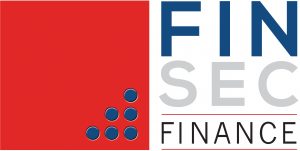Disclaimer
Information provided on this website is general in nature and does not constitute financial advice. Every effort has been made to ensure that the information provided is accurate. Individuals must not rely on this information to make a financial or investment decision. Before making any decision, we recommend you consult a financial adviser to take into account your particular investment objectives, financial situation and individual needs.
Five Types of Asset Finance and how they could help your Business
Short of capital to buy equipment for your business? Consider asset finance to support your operations.
Asset finance is an umbrella term for any loan structure that helps a business purchase equipment, such as machinery or vehicles, for its operations. There are a number of loans designed to suit different situations.
1. Chattel mortgage or equipment loan
A chattel mortgage allows you to borrow money to purchase an asset. Your business owns the asset, but the lender has the asset as security until you complete the repayments. This frees capital and also gives your business automatic security for the loan.
2. Commercial hire purchase
With this option, the lender owns the equipment and your business pays hire fees to use it, which act as loan repayments. At the end of the agreed term, your business takes ownership of the asset. This spreads out the cost of the asset.
3. Finance lease
Like commercial hire purchase, a finance lease means the lender owns the equipment and the business pays hire fees to use it. At the end of the set term, however, the business can choose whether to purchase the asset.
This spreads out the cost of the asset and also provides flexibility.
4. Operating lease
Again, an operating lease means the lender owns the equipment and the business pays hire fees to use it.
The difference is there is no option to purchase the asset. The leasing costs are deemed operational rather than a liability on your balance sheet.
5. Novated lease
A novated lease is a financial arrangement between a business, an employee and a lender. The business borrows money from the lender for a motor vehicle, which the employee then leases from the business. The business owns the vehicle until the employee repays the loan. The repayments come from the employee’s gross salary, so there are some tax benefits for the employee.
Businesses need capital to purchase essential assets, and there are a number of solutions to support funding gaps. Talk to your broker today about your asset finance options.
Brenton Moyle

